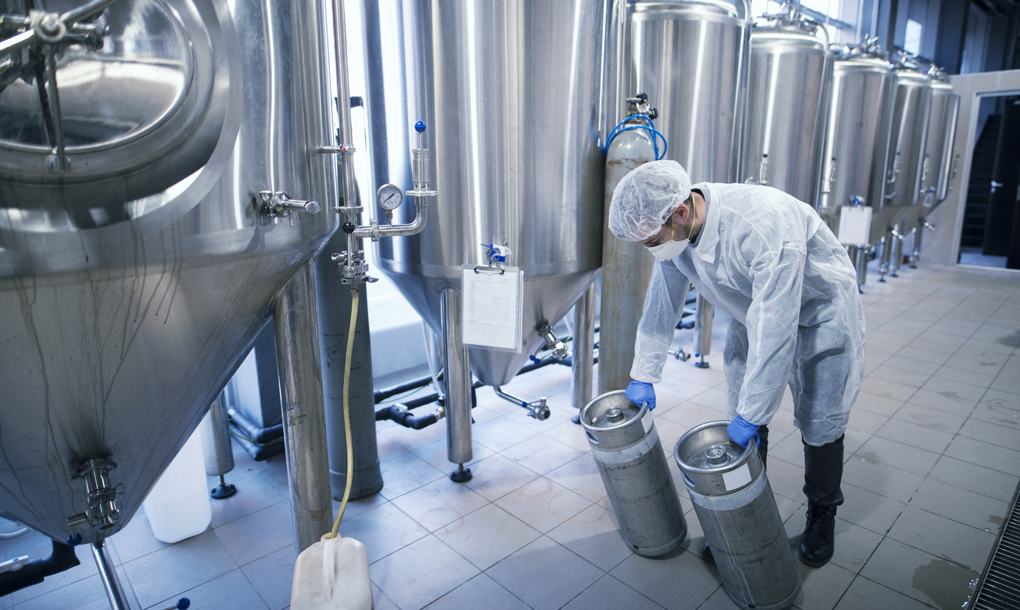
29 Nov
As humanity pushes the boundaries of space exploration, the need for reliable and efficient food storage solutions has become increasingly crucial. In the challenging environment of space, where resources are scarce and weight is a major constraint, traditional food preservation methods often fall short. This is where freeze drying, the revolutionary dehydration process, emerges as a game-changer for space missions, providing a means to extend the shelf life of food and ensure the sustained nourishment of intrepid space travelers.
Space exploration presents unique challenges regarding food storage and preservation. The first and foremost challenge is the limited space available on spacecraft and the need to minimize the weight of cargo. Bulky canned goods or heavily packaged foods quickly consume precious payload capacity, leaving little room for other essential supplies.
Additionally, the harsh environment of space, with its extreme temperatures, high radiation levels, and microgravity conditions, can rapidly degrade and spoil conventional food items. Maintaining consistent storage temperatures, preventing moisture buildup, and mitigating the effects of cosmic radiation are all critical factors that must be addressed.
Freeze drying, also known as lyophilization, offers a transformative solution to the food storage challenges faced in space exploration. This process involves removing water from frozen food through sublimation, resulting in a lightweight, shelf-stable product that retains most of its original nutritional value and flavor.
The use of freeze-drying in space exploration is not a new concept. It has been an integral part of space food systems for decades, dating back to the early days of the space race.
During the Apollo missions, freeze-dried foods were commonly used to provide sustenance for astronauts. These lightweight, shelf-stable meals helped to minimize the overall weight and volume of the food supply, enabling longer missions and greater scientific exploration.
Today, freeze-dried foods continue to play a crucial role in space missions, from the International Space Station to the planned lunar and Mars expeditions. As space agencies and private companies alike push the boundaries of space exploration, the demand for advanced food storage solutions has only intensified.
Looking ahead, the future of freeze-drying in space exploration is poised for even greater advancements. Researchers are exploring ways to enhance the process further, improving the quality, nutritional value, and even the variety of freeze-dried space foods. Additionally, the development of in-situ freeze-drying capabilities on other planetary bodies could potentially revolutionize the way space missions are provisioned and supplied.
At Freeze Drying Systems, we understand the critical role that our technology plays in supporting the bold ambitions of space exploration. Our industry-leading freeze-drying solutions are engineered to meet the unique demands of space missions, offering unparalleled reliability, efficiency, and product quality.
Whether it's developing specialized equipment for on-site freeze drying on the lunar surface or optimizing existing freeze-drying processes to maximize the shelf life and nutritional content of space foods, our team of experts is committed to pushing the boundaries of what's possible.
As the space industry continues to evolve, Freeze Drying Systems remains at the forefront of innovation, collaborating with leading space agencies and private companies to ensure that the food supply needs of future space missions are met with the utmost reliability and efficiency.
Join us on this exciting journey as we redefine the role of freeze-drying in the conquest of the final frontier. Together, we can unlock new possibilities and ensure that space explorers are nourished and sustained, no matter how distant the destination.